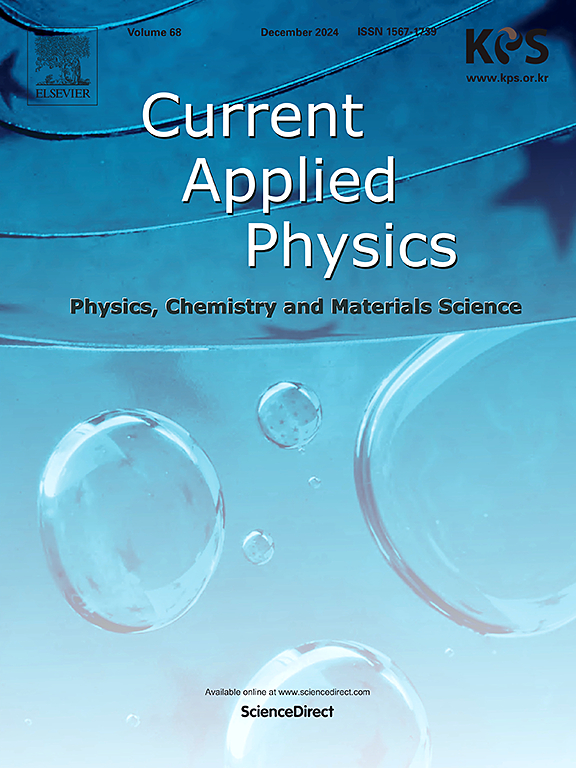Self-annealing behavior of an Mg-Dy alloy processed by high-pressure torsion
IF 3.1
4区 物理与天体物理
Q3 MATERIALS SCIENCE, MULTIDISCIPLINARY
引用次数: 0
Abstract
An investigation was conducted to evaluate the microstructure, texture and microhardness of an Mg-0.4Dy (wt.%) alloy processed by high-pression torsion (HPT) for 15 turns and then self-annealed at ambient temperature for six years. Electron backscatter diffraction (EBSD) and Vickers microhardness were carried out near the centre, mid-radius and edge of each disc. The results show that self-annealing leads to a slight increase in the average grain size from 0.7 to 1 μm. The basal texture was retained at the centres and edges of the discs while the C1-fiber vanished near the mid-radius of the self-annealed disc. The value of the microhardness remained constant along the radii of the discs but the dislocation density, originating from the geometrically necessary dislocations (GND), increased significantly after self-annealing due to the development of sub-grain boundaries with misorientations of 2°< θ < 5°. Based on these results, it is concluded that self-annealing of the HPT-processed Mg-0.4Dy alloy is controlled by a recovery process.

高压扭转Mg-Dy合金的自退火行为
研究了一种Mg-0.4Dy (wt.%)合金经高压扭转(HPT)处理15圈后室温自退火6年的显微组织、织构和显微硬度。在每个圆盘的中心、中半径和边缘附近进行了电子背散射衍射(EBSD)和维氏显微硬度测定。结果表明:自退火使合金的平均晶粒尺寸由0.7 μm增加到1 μm;椎间盘中心和边缘保留基底织构,而c1纤维在自退火椎间盘中半径附近消失。显微硬度沿盘面半径方向保持恒定,但由几何必要位错(GND)引起的位错密度在自退火后由于2°<取向亚晶界的发展而显著增加;θ& lt;5°。结果表明,hpt处理的Mg-0.4Dy合金的自退火过程是由恢复过程控制的。
本文章由计算机程序翻译,如有差异,请以英文原文为准。
求助全文
约1分钟内获得全文
求助全文
来源期刊

Current Applied Physics
物理-材料科学:综合
CiteScore
4.80
自引率
0.00%
发文量
213
审稿时长
33 days
期刊介绍:
Current Applied Physics (Curr. Appl. Phys.) is a monthly published international journal covering all the fields of applied science investigating the physics of the advanced materials for future applications.
Other areas covered: Experimental and theoretical aspects of advanced materials and devices dealing with synthesis or structural chemistry, physical and electronic properties, photonics, engineering applications, and uniquely pertinent measurement or analytical techniques.
Current Applied Physics, published since 2001, covers physics, chemistry and materials science, including bio-materials, with their engineering aspects. It is a truly interdisciplinary journal opening a forum for scientists of all related fields, a unique point of the journal discriminating it from other worldwide and/or Pacific Rim applied physics journals.
Regular research papers, letters and review articles with contents meeting the scope of the journal will be considered for publication after peer review.
The Journal is owned by the Korean Physical Society.
 求助内容:
求助内容: 应助结果提醒方式:
应助结果提醒方式:


